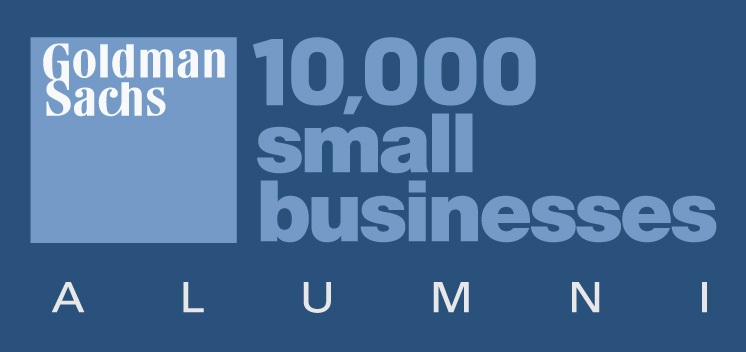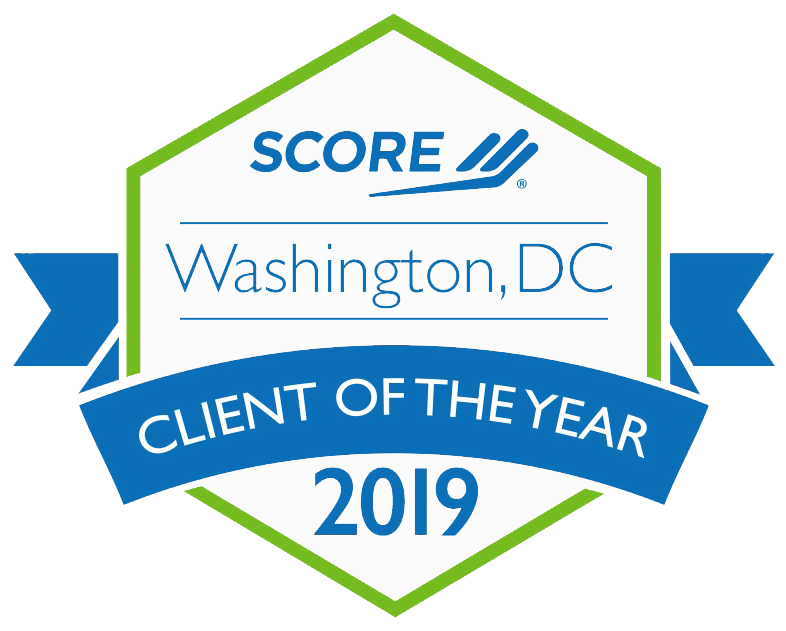If you’re looking to improve the impact in your grant writing, providing data-driven proposals is a great way to do so. It shows the funder that you’ve done your research, and that the project can be supported based on the data provided.

Below, we’ll provide a few tips to guide your organization through data-driven proposal writing, and how it will increase your chances of winning the grant.
- Understand the context. While storytelling is an important component of a proposal, it becomes less impactful if you can’t provide data to prove added value. Supporting the narrative with quantitative, qualitative, and comparative data can go a long way in refining your proposal. Nothing should be left for interpretation; read through your proposal to make sure you aren’t making assumptions, and your claims are supported by facts. All facts should be cited properly (revert to APA style unless otherwise stated), and directly relevant to the topic at hand.
- Correlate data and goals. Measuring the success of your project is key when writing a data-driven proposal. Create a framework that outlines your objectives and goals, and use the data to develop potential factors and risks that could occur in the implementation process. Discuss how you plan to monitor and evaluate your goals, and keep them realistic and measurable.
- Don’t procrastinate. Researching and collecting data is not an easy task. Oftentimes, organizations underestimate the time it takes to complete this step, so it’s important to allot more time than you think you’ll need. In addition, organizing the data can be another task in itself. Take time to visualize the data, and organize it in a way that creates a clear financial picture. Accurate, transparent data is a great way to speak to the reputation of your organization and improve credibility.
- Develop a plan. Once you’ve done your research and organized the data, it’s time to analyze it. It’s important the data is not only correct, but provides relevance within the proposal’s framework. Don’t throw numbers out there for the sake of it. All of the data used in the proposal should support your goals and mission statement, and provide context to back up your project’s initiatives.
- Create a financial picture. As we stated earlier, the narrative is only one aspect of the proposal. It’s equally as important to create a clear financial picture, and the data will help you do so. Make sure that all budgets meet the funder’s requirements, and it’s presented in a way that’s easy to understand (spreadsheets, powerpoints, etc). Note how each item in the budget will be justified, and be sure to convey that in your presentations.
Does your organization need help writing data-driven proposals? RBW Strategy can help! Planning and research is what we do best. Wherever your organization is on the fundraising spectrum, we have services that will be the right fit. Contact us today!





